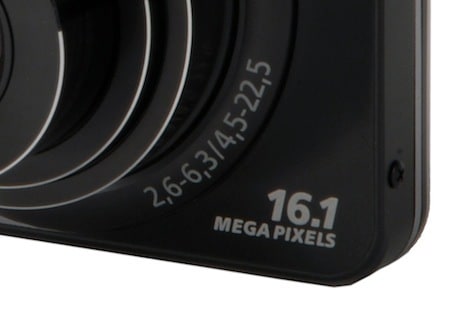The Megapixel War Is Over
For the first time since you could afford a digital camera, megapixel counts have stopped rising.
Products are chosen independently by our editors. Purchases made through our links may earn us a commission.
For the first time since you could afford a digital camera, megapixel counts have stopped rising. There is finally an armistice in the Megapixel War of 1996-2011.
At the 2011 Consumer Electronics Show—over a year ago—the highest pixel count in a point-and-shoot camera was 16 megapixels, up from 14MP the year before, 12MP the year before that, so on and so forth back into the late 1990s.
But at the 2012 edition of CES, something miraculous happened: The maximum pixel count plateaued. It stayed at 16MP—unchanged from the year before. If anything, the average pixel count across all cameras dropped a bit. It might be a little bit early to declare victory—another round of announcements usually comes in February—but there's at least a lull in the battle.

Say it out loud: Megapixel. It sounds pretty cool. Futuristic, vaguely technical, but easy to understand, most of us thought: Digital photos are made up of pixels, so more pixels means a more better digital photo. Camera companies sold millions of cameras with that marketing logic.
In the past few years, consumers got wise to a key principle: More megapixels are better only up to a certain point. Beyond that point, they’re usually a bad thing.
10 megapixels is plenty of resolution for sharing photos online and making prints on special occasions—the two ways that almost all amateur photographers use their photos.
When manufacturers stuffed 14 or 16 megapixels into cameras with tiny, cheap sensors, they usually performed worse than their predecessors. On a computer screen, the images looked no better than shots from 5-megapixel smartphones.
Manufacturers started using light-sensitive BSI CMOS sensors, which alleviate most of the problems that bloated pixel counts cause. But even with that new tech in place, it looks like the arms race has stopped.
Did common sense prevail? Is it simply too difficult to fit more pixels onto a tiny sensor? Is it just a supply issue, exacerbated by the slew of natural disasters to hit Asia in 2011? We may never know, but we’re just glad to see that at least for now, the war is over.
